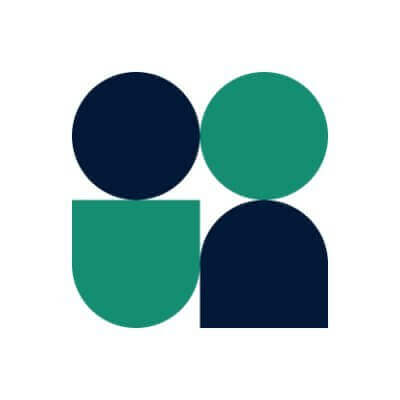What is ‘Liberation Day’? Trump reciprocal tariffs will hit on April 2, and they could roil the economy even more
For weeks, President Donald Trump has said he’ll be imposing a range of fresh tariffs on imports from other countries this Wednesday, April 2, calling it “Liberation Day” and the “big one.” But what does that even mean? “For DECADES we have been ripped off and abused by every nation in the World, both friend and foe,” Trump explained in his own words in a post on Truth Social. “Now it is finally time for the Good Ol’ USA to get some of that MONEY, and RESPECT, BACK. GOD BLESS AMERICA!!!” On Wednesday, Trump is expected to announce his plans for “reciprocal tariffs,” in which the U.S. charges the same import tax on goods into the country as other countries charge on our good into theirs, while also compensating for other trade barriers like regulatory requirements that make it harder for American exports to enter other nations. As we have seen with the administration’s recent 25% tariffs on Canada and Mexico, (currently paused until April 2), slapping taxes on our neighbors and trading partners has escalated fear in the markets, sending them tumbling as we grow closer to full-blown trade wars with some of our greatest allies and trading partners. However, Trump has indicated the size and scope of the tariffs might not be as extensive as his rhetoric might lead us to believe. Recently, Trump indicated a reciprocal tariff policy on “all countries” would be “very lenient,” and has also said, “I don’t change. But the word flexibility is an important word.” What we do know is that the goal is to slap a broad range of tariffs on countries with whom the U.S. has large trade imbalances. Those countries include Germany, Ireland, Italy, Vietnam, Japan, Taiwan, and of course, China, according to CBS News. Treasury Secretary Scott Bessent said, “on April 2, we are going to produce a list of other countries’ tariffs” with the expectation they will roll them back, otherwise “we will put up the tariff wall to protect our economy, protect our workers, and protect our industries.” The details of who or what is on the list has yet to be released, but what we do know is that Trump is hoping to achieve three things through his “Fair and Reciprocal Plan”: increase American manufacturing jobs at home; decrease our current $1.2 trillion trade deficit; and gain leverage over our trading partners, according to CBS News. Last week, Trump said Wednesday’s planned reciprocal tariffs “may give a lot of countries a break” and confirmed he’ll announce tariffs on autos, semiconductors, and lumber “down the road,” according to Business Insider. Many critics have said this package of tariffs will likely result in greater costs for Americans, who will likely foot the bill as companies hike prices and pass them on to consumers. The tariffs on April 2 could take effect that same day, which would give businesses little time to pivot, with Trump predicting the economy will need an “adjustment” period.

For weeks, President Donald Trump has said he’ll be imposing a range of fresh tariffs on imports from other countries this Wednesday, April 2, calling it “Liberation Day” and the “big one.” But what does that even mean?
“For DECADES we have been ripped off and abused by every nation in the World, both friend and foe,” Trump explained in his own words in a post on Truth Social. “Now it is finally time for the Good Ol’ USA to get some of that MONEY, and RESPECT, BACK. GOD BLESS AMERICA!!!”
On Wednesday, Trump is expected to announce his plans for “reciprocal tariffs,” in which the U.S. charges the same import tax on goods into the country as other countries charge on our good into theirs, while also compensating for other trade barriers like regulatory requirements that make it harder for American exports to enter other nations.
As we have seen with the administration’s recent 25% tariffs on Canada and Mexico, (currently paused until April 2), slapping taxes on our neighbors and trading partners has escalated fear in the markets, sending them tumbling as we grow closer to full-blown trade wars with some of our greatest allies and trading partners.
However, Trump has indicated the size and scope of the tariffs might not be as extensive as his rhetoric might lead us to believe. Recently, Trump indicated a reciprocal tariff policy on “all countries” would be “very lenient,” and has also said, “I don’t change. But the word flexibility is an important word.”
What we do know is that the goal is to slap a broad range of tariffs on countries with whom the U.S. has large trade imbalances. Those countries include Germany, Ireland, Italy, Vietnam, Japan, Taiwan, and of course, China, according to CBS News.
Treasury Secretary Scott Bessent said, “on April 2, we are going to produce a list of other countries’ tariffs” with the expectation they will roll them back, otherwise “we will put up the tariff wall to protect our economy, protect our workers, and protect our industries.”
The details of who or what is on the list has yet to be released, but what we do know is that Trump is hoping to achieve three things through his “Fair and Reciprocal Plan”: increase American manufacturing jobs at home; decrease our current $1.2 trillion trade deficit; and gain leverage over our trading partners, according to CBS News.
Last week, Trump said Wednesday’s planned reciprocal tariffs “may give a lot of countries a break” and confirmed he’ll announce tariffs on autos, semiconductors, and lumber “down the road,” according to Business Insider.
Many critics have said this package of tariffs will likely result in greater costs for Americans, who will likely foot the bill as companies hike prices and pass them on to consumers.
The tariffs on April 2 could take effect that same day, which would give businesses little time to pivot, with Trump predicting the economy will need an “adjustment” period.




















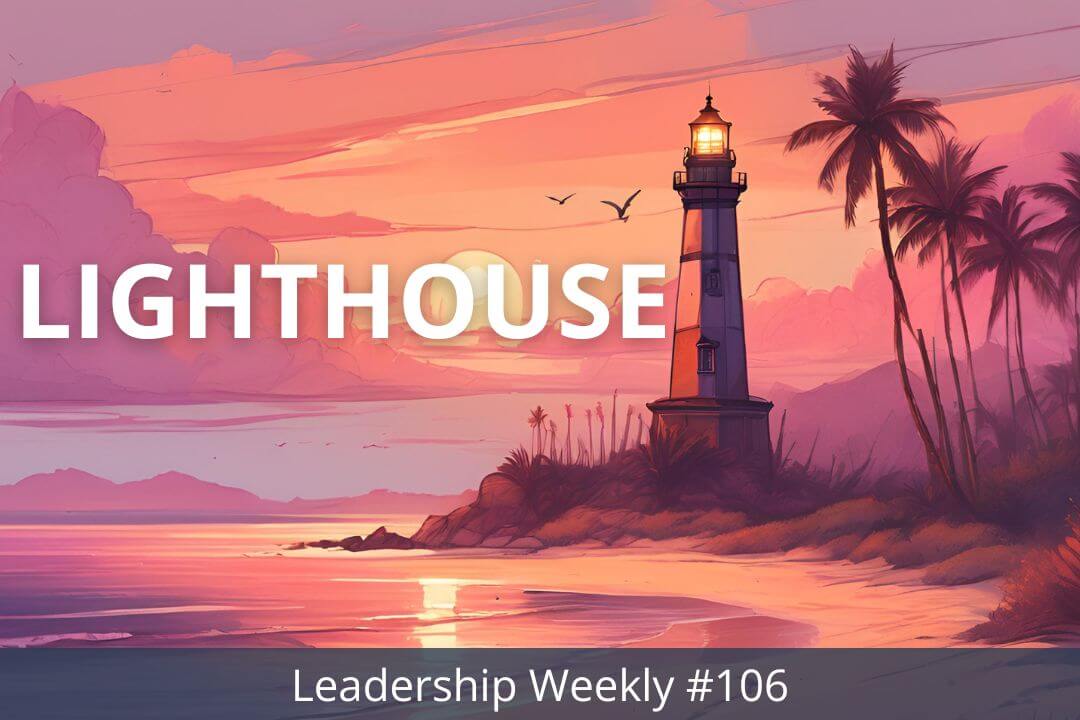

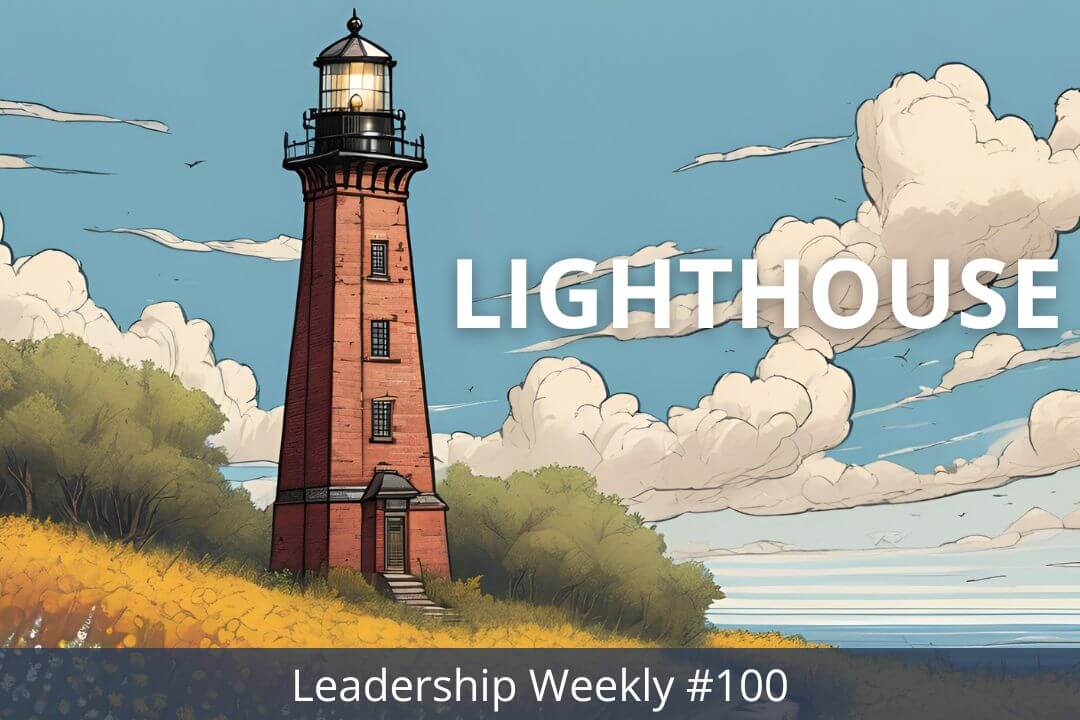
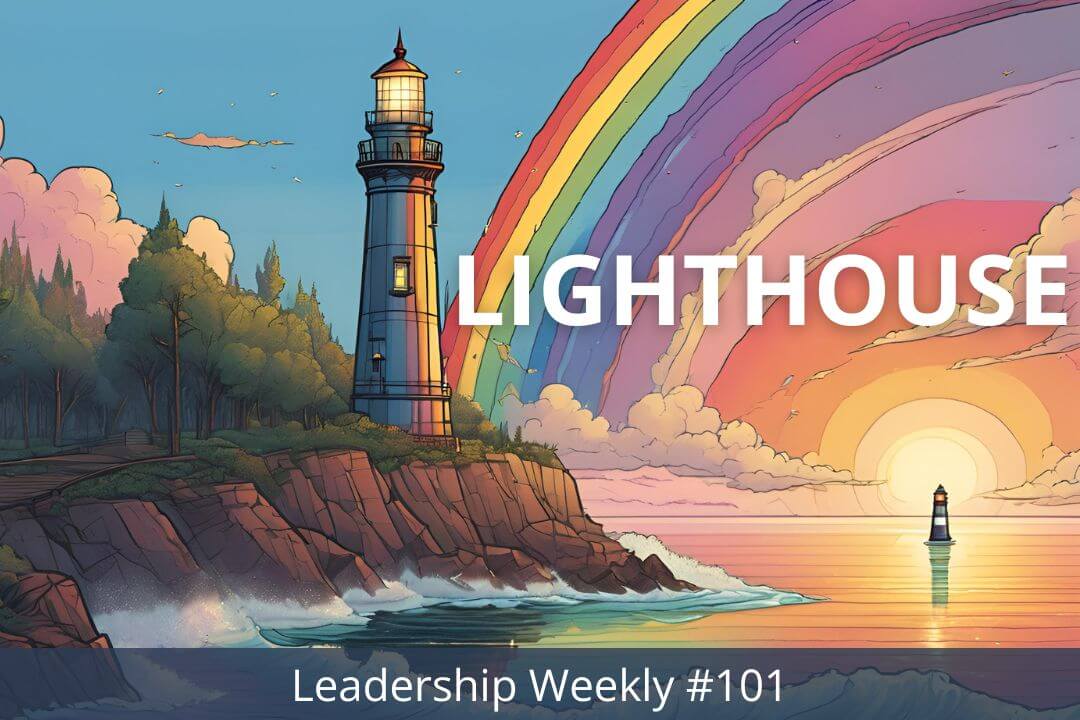
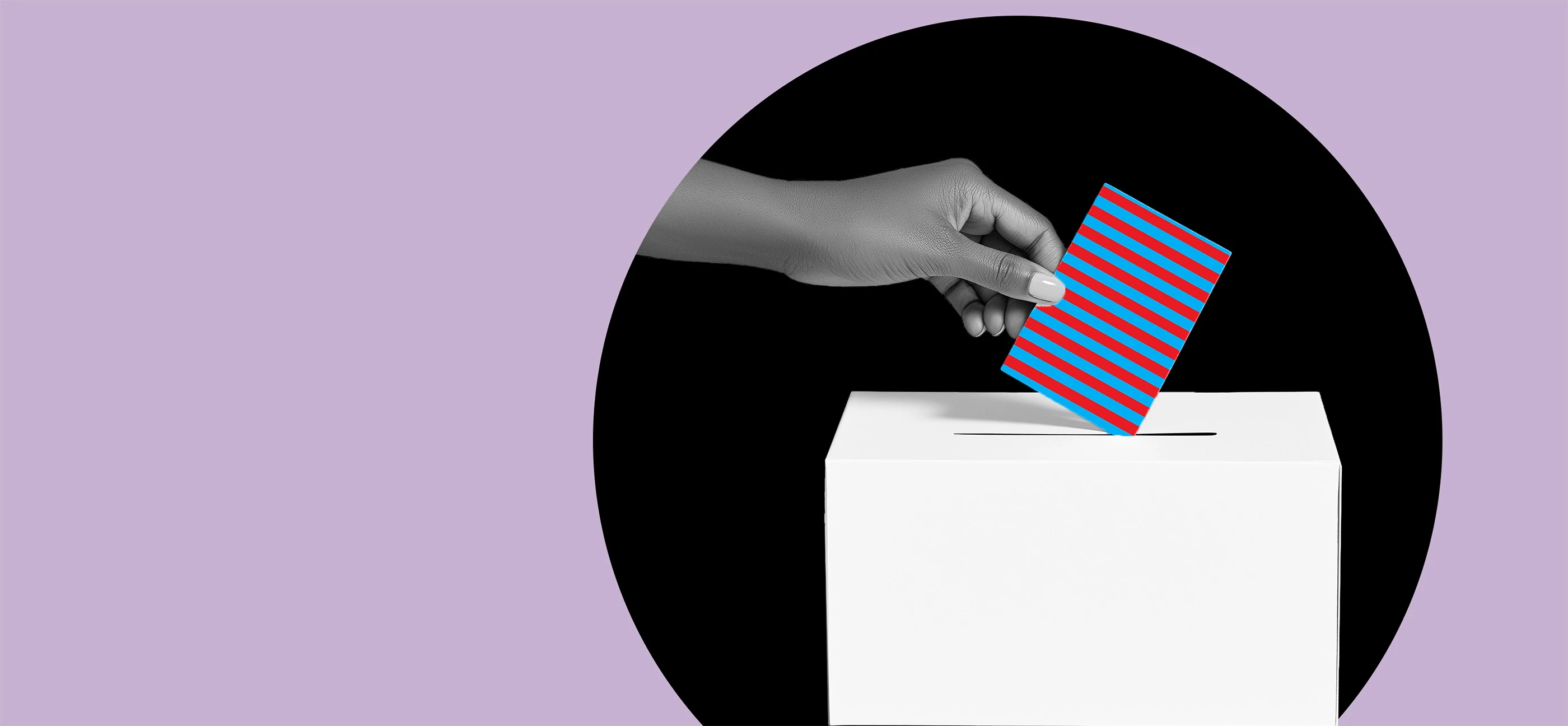
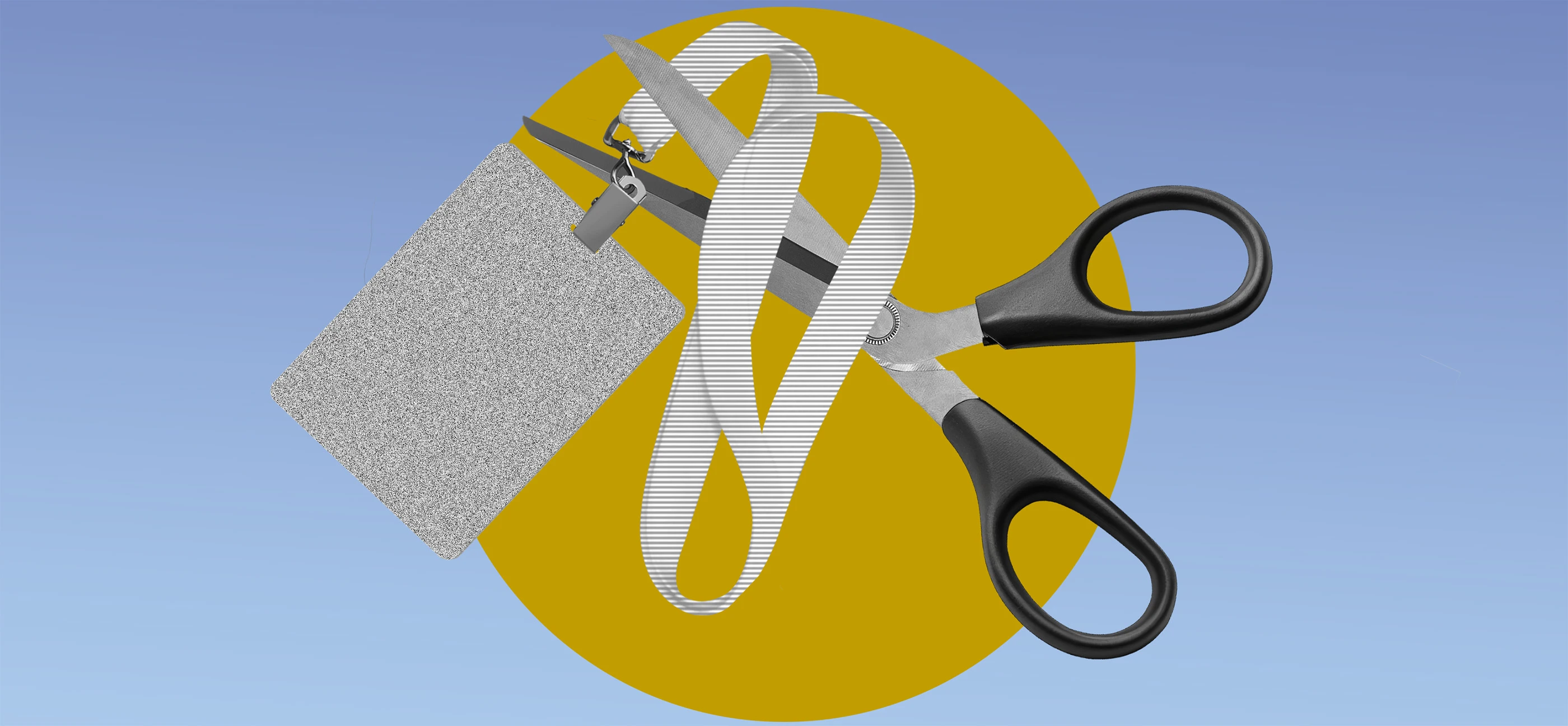








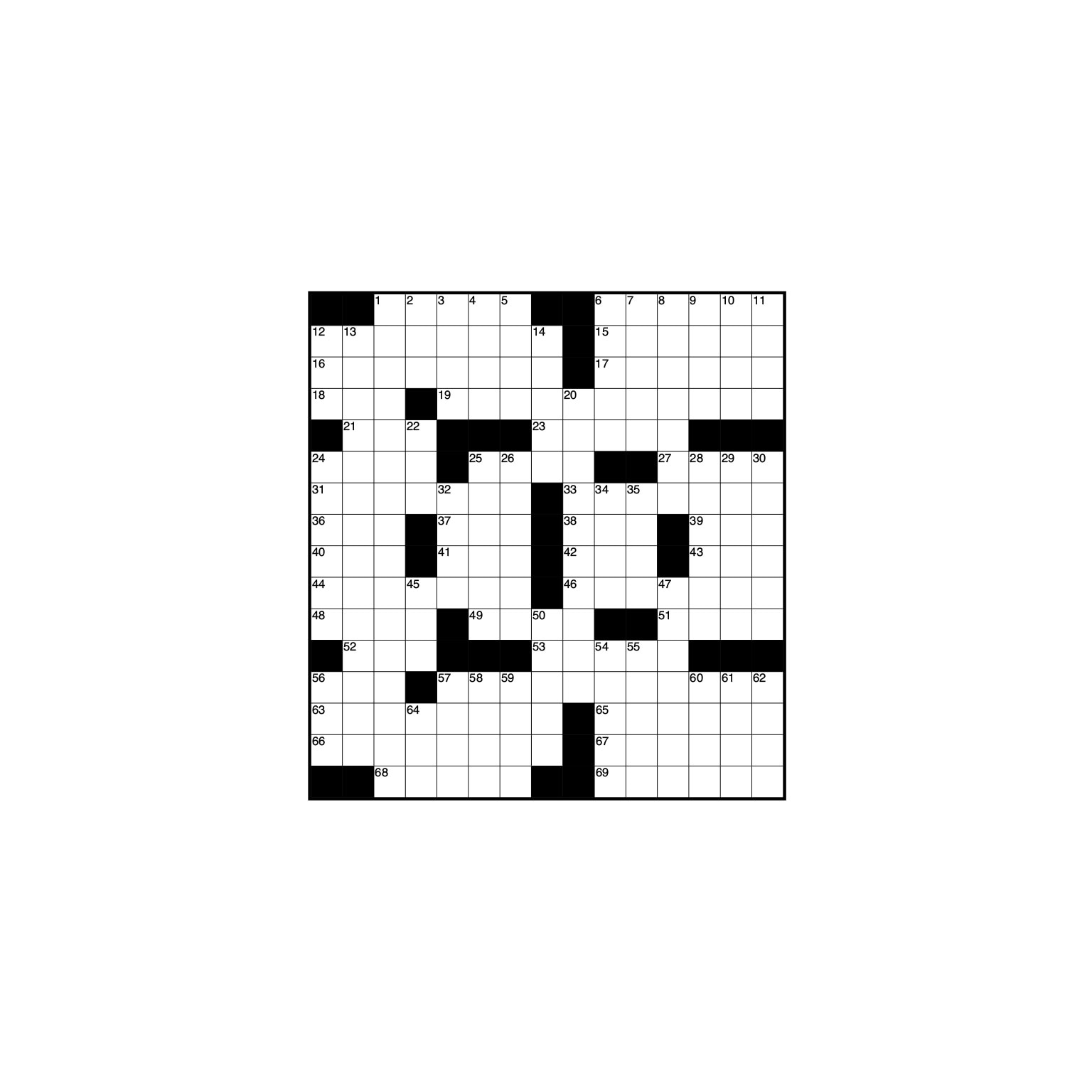
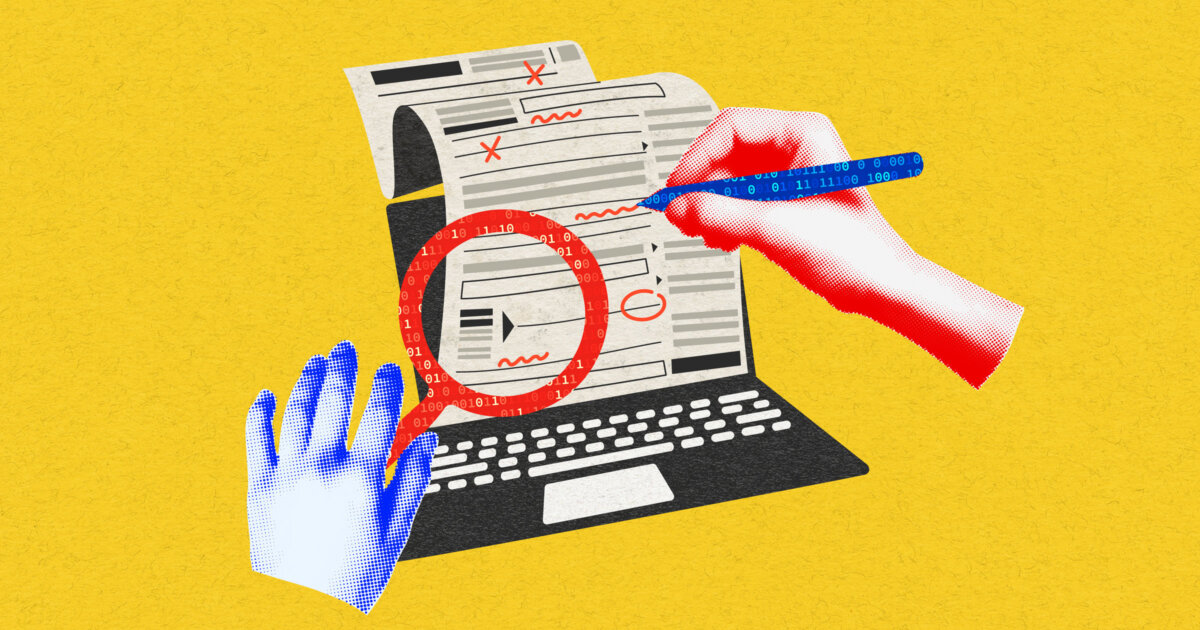




















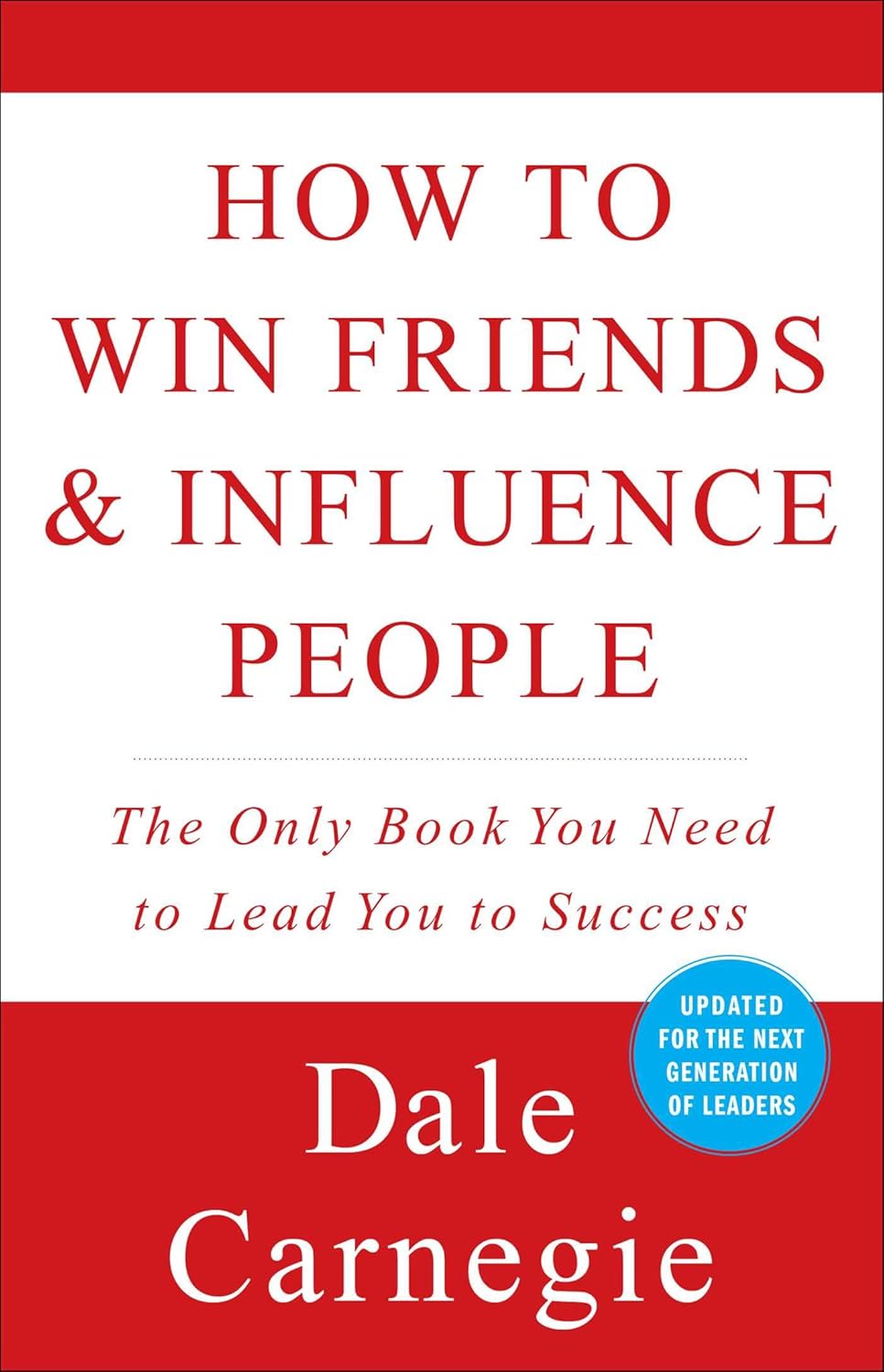
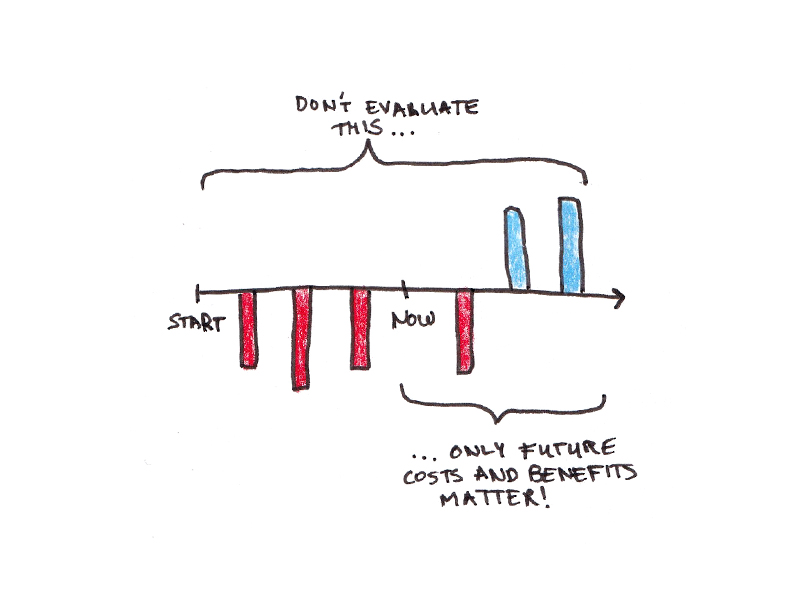

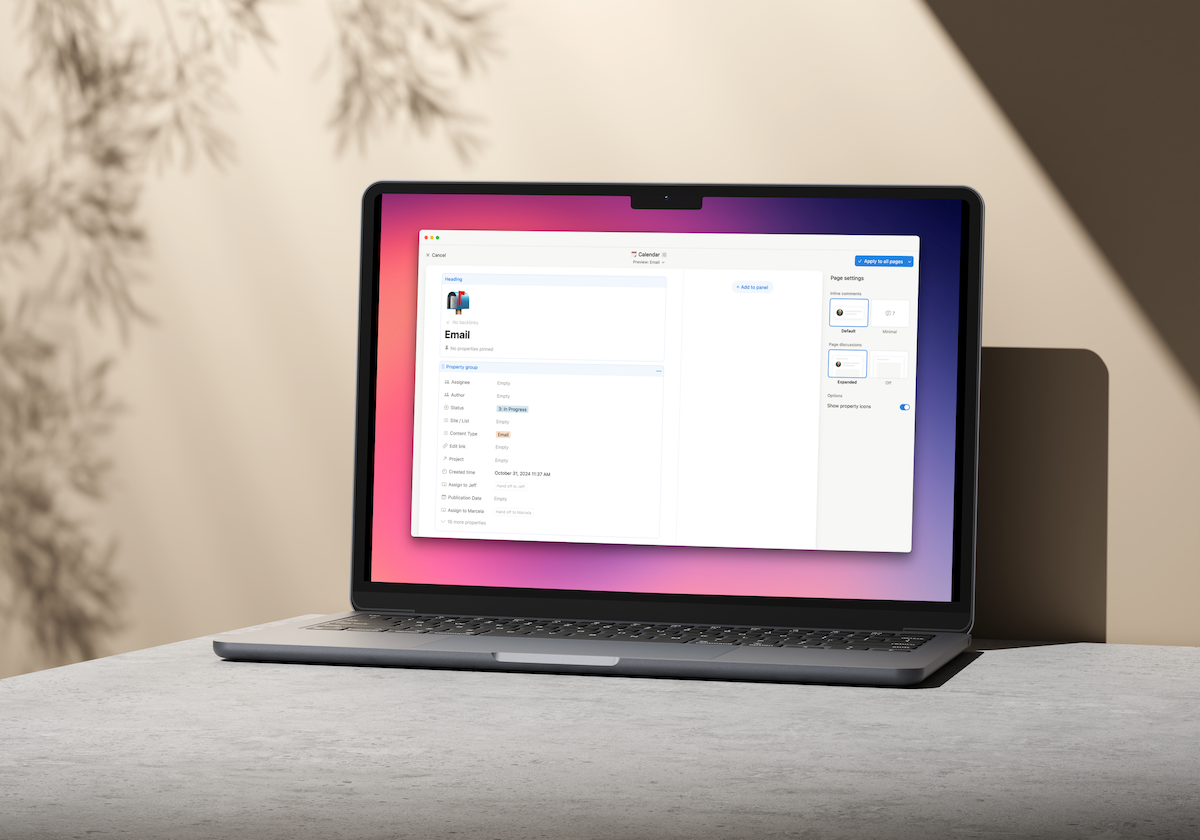















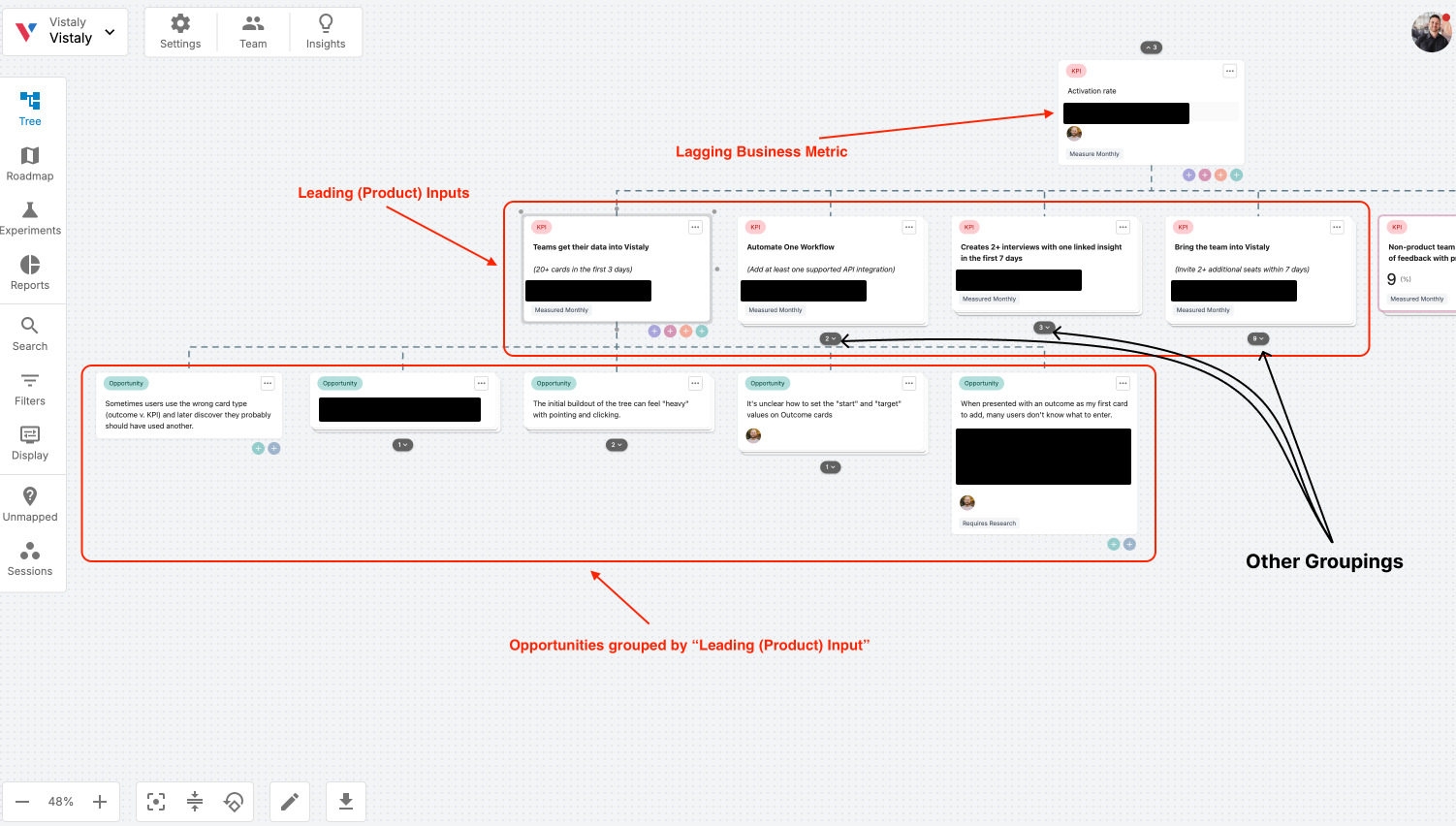
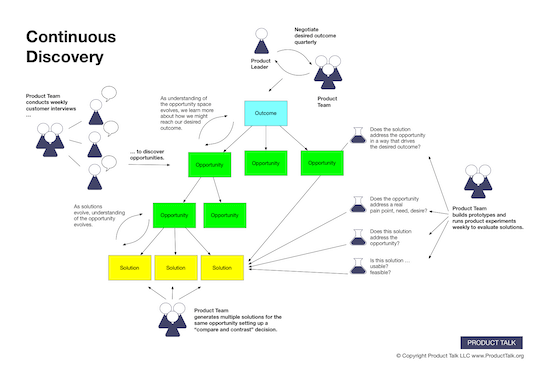
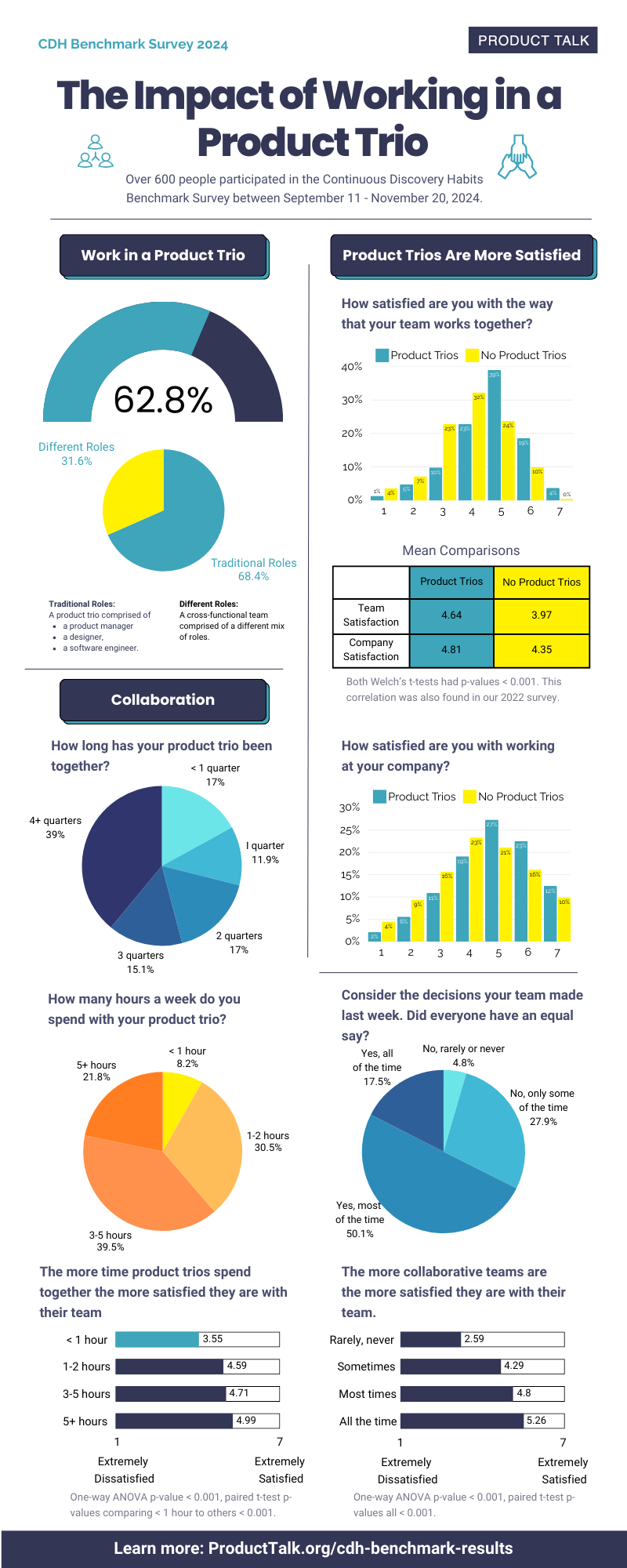














![Building A Digital PR Strategy: 10 Essential Steps for Beginners [With Examples]](https://buzzsumo.com/wp-content/uploads/2023/09/Building-A-Digital-PR-Strategy-10-Essential-Steps-for-Beginners-With-Examples-bblog-masthead.jpg)

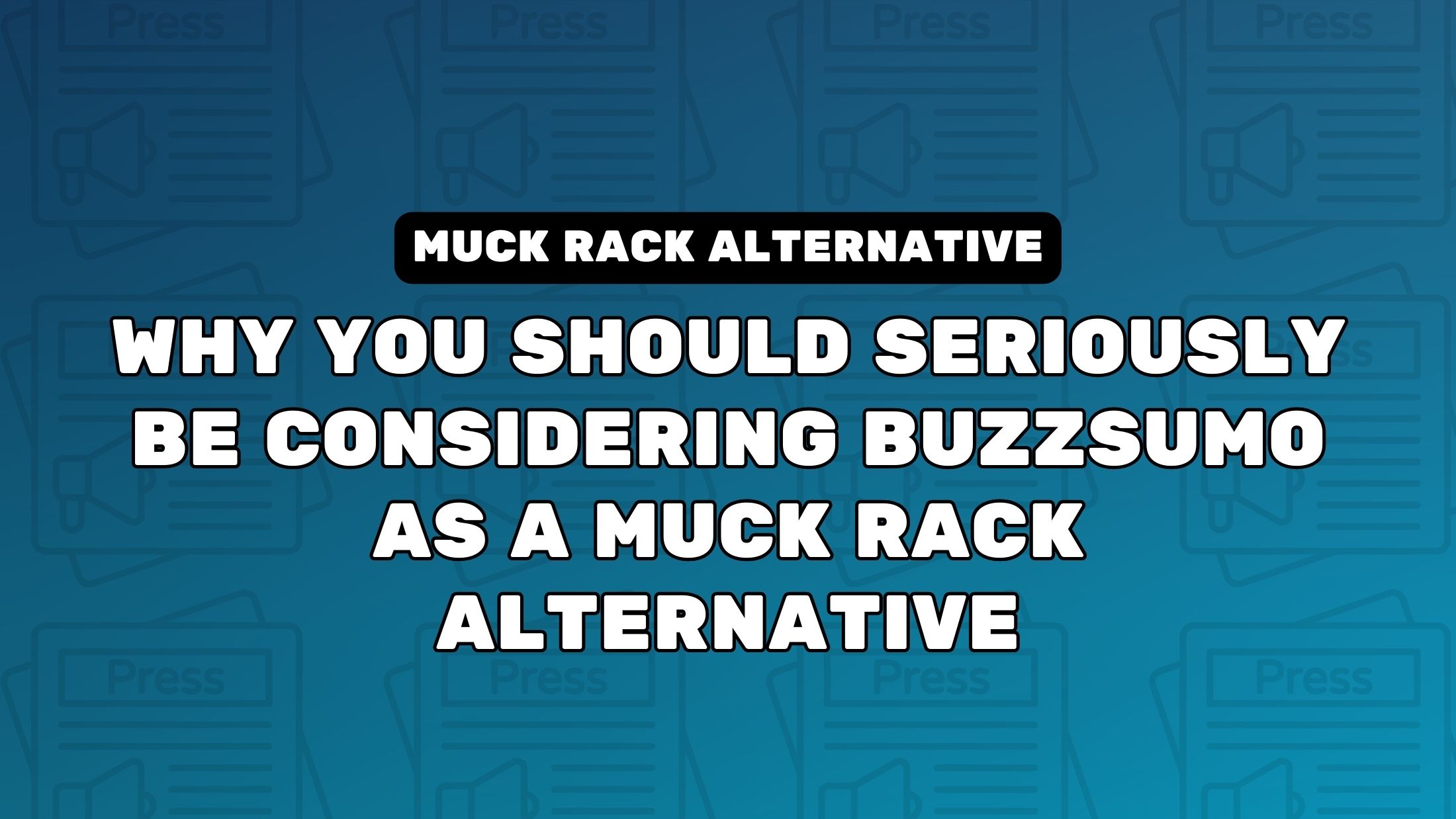
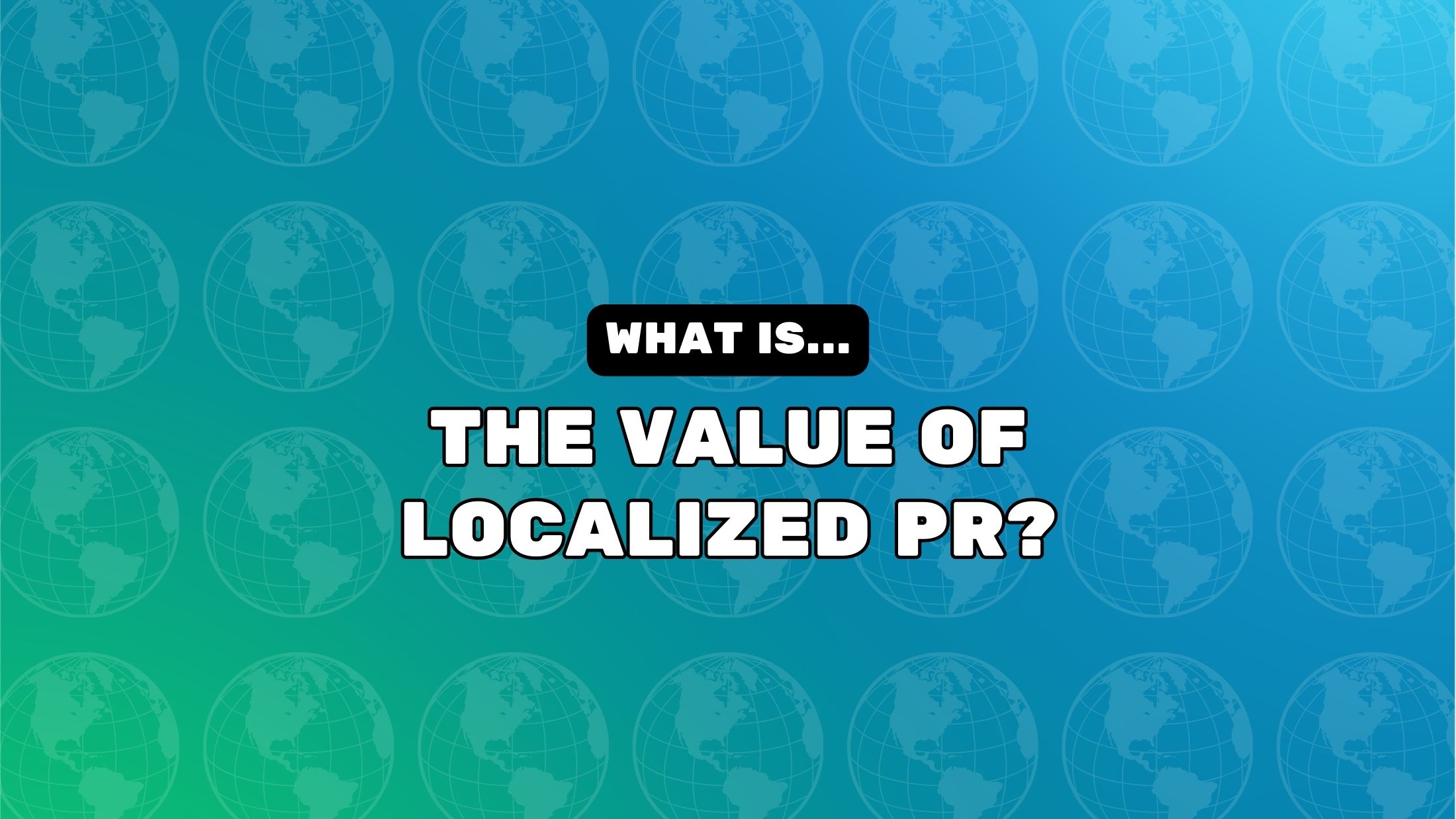
![How One Brand Solved the Marketing Attribution Puzzle [Video]](https://contentmarketinginstitute.com/wp-content/uploads/2025/03/marketing-attribution-model-600x338.png?#)




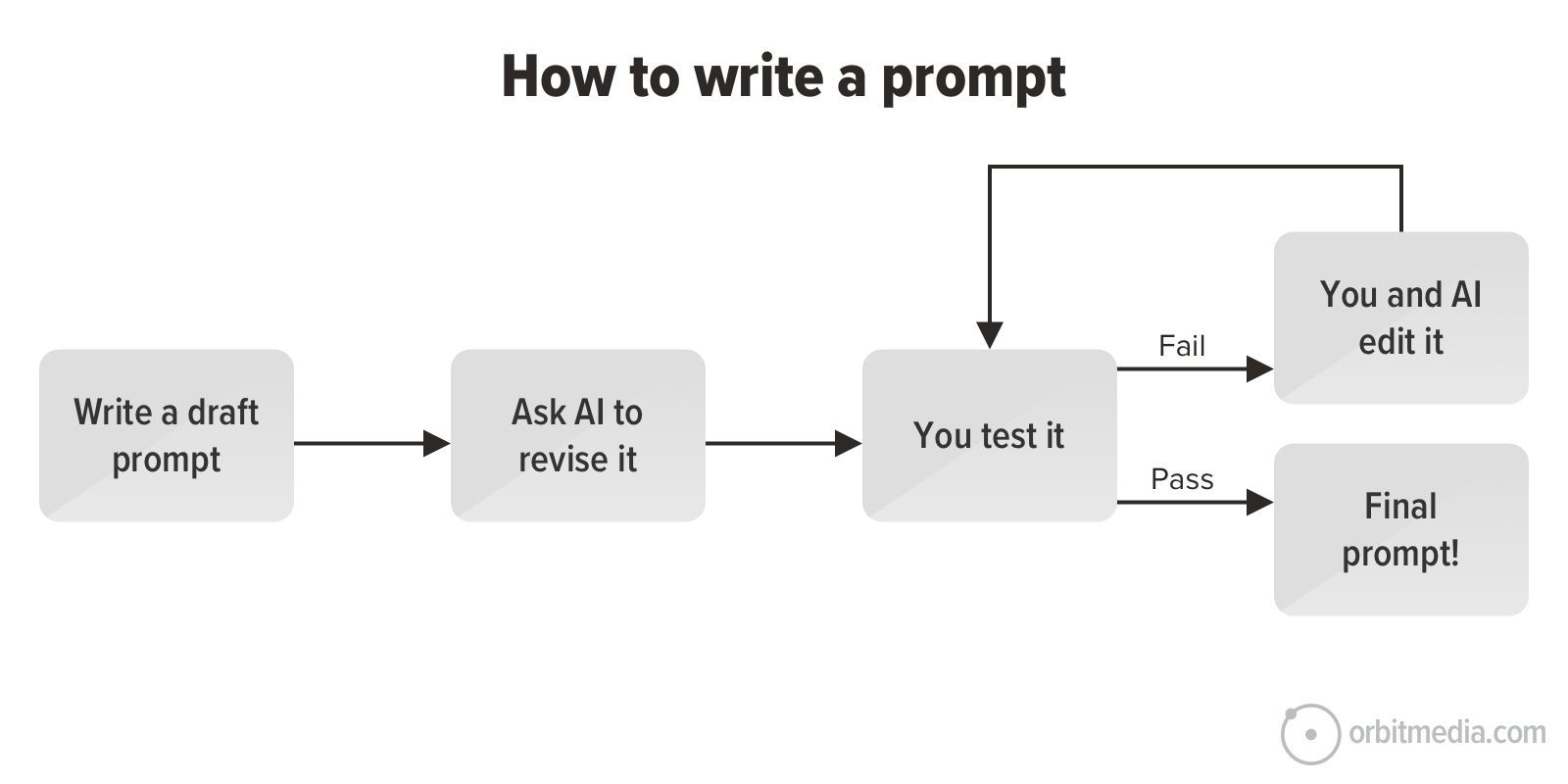
![How to Use GA4 to Track Social Media Traffic: 6 Questions, Answers and Insights [VIDEO]](https://www.orbitmedia.com/wp-content/uploads/2023/06/ab-testing.png)
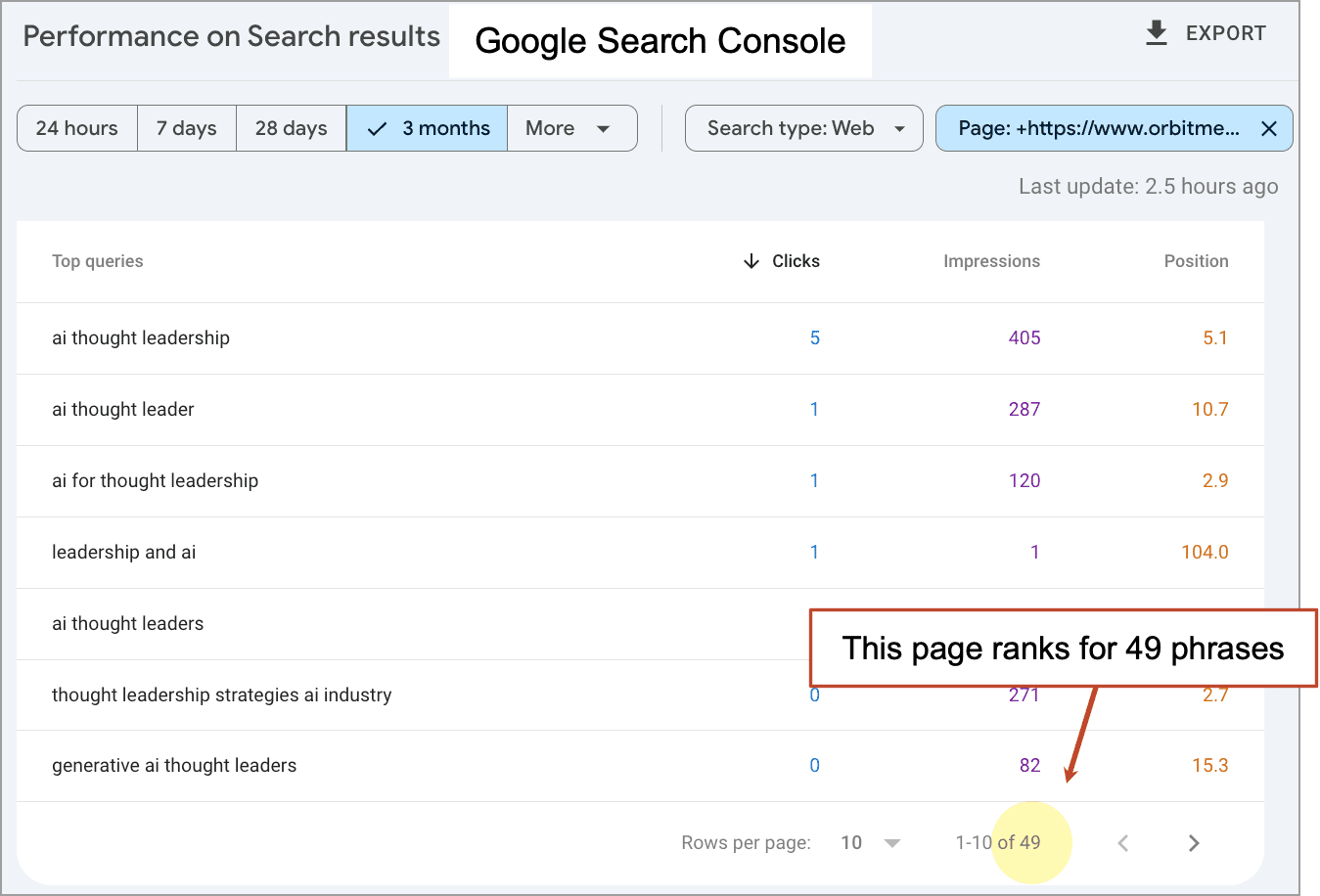







![[Hybrid] Graphic Designer in Malaysia](https://a5.behance.net/920d3ca46151f30e69b60159b53d15e34fb20338/img/site/generic-share.png)





